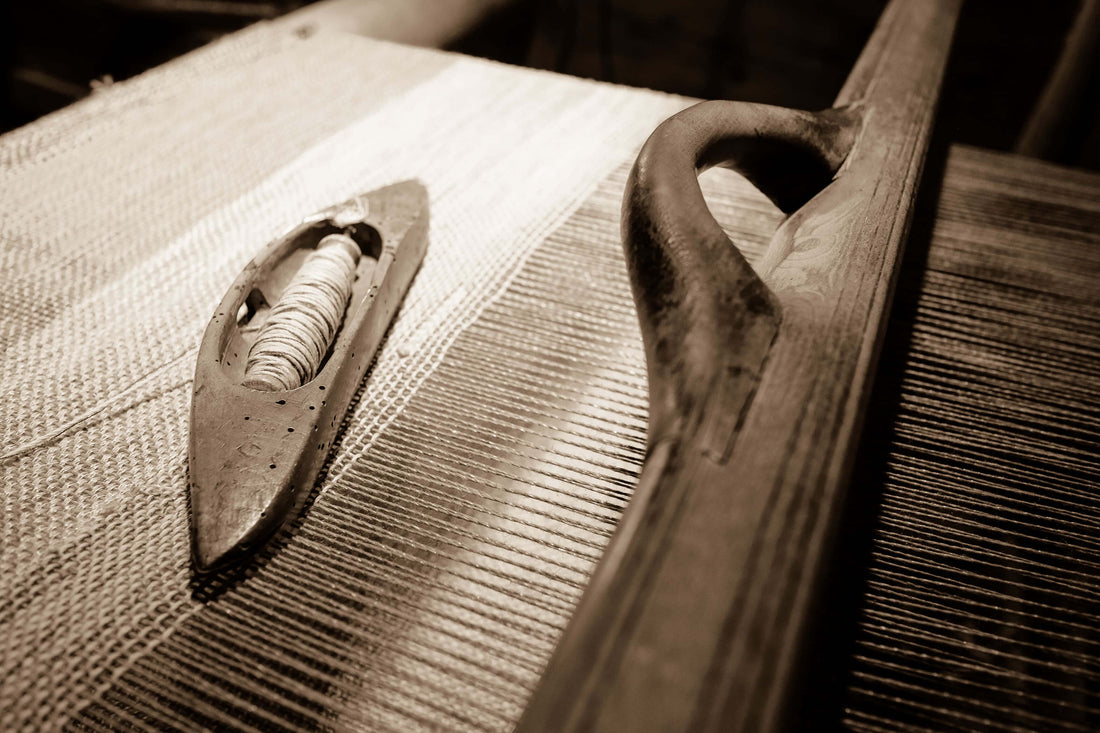The more you travel in India and outside, the harder it becomes to not compare your own state with another. I am not a fashionista, to begin with, but definitely a self-acclaimed fashion enthusiast and a sucker for good clothes since I was a little girl. Then I got married to an Army Officer and my journey as a saree person began. Saree is the unofficial dress code of all Army parties and functions and we chose to wear it and flaunt it wherever we go. Our endless saree stories tumbling out of wardrobes are a source of great camaraderie for us women living in isolated corners of the country.
Soon I became the brand ambassador for Odissi sarees wherever I went because I just wouldn’t wear anything else. The endless variety of cotton and silk sarees from Bomkai Saree to Ikat sarees, from Kotpad sarees to Pasappali and Habaspuri handlooms to Khandua, you just can’t get enough. Through my own collection, I have been constantly trying to showcase just how versatile, sustainable, and luxurious they are.
However I have to admit, it’s not the saree but the rich borders, motifs, and play of threads in those weaves. The most enchanting part is its thread work in the designs of the border and the pallu. In Bomkai, you will see designs of fish and Pasapalli or Saptapar Saree are easily identified because of the bright coloured Chess Board’s boxes on the Body or Border which you can never miss. In Ikat sarees, one can see birds and other animals, rudraksha, geometric patterns, dice, temple towers, conch, and lots of pinnacles. Ikat is my all-time favourite and has been rightly called the poetry on the loom.
Other than the fact that they will never ever be out of fashion, there is one more thing that makes you lean on them because they are sustainable fashion. Eco-conscious fashion is a fast-growing trend among the consumers including the next-gen and luxury designers in India. To put things in perspective, India is one of the biggest textile consumption and export markets as people from all over have a larger interest in Indian handloom, traditional weaves, and eco-friendly textiles. Odisha weaves are dyed organically rendering a kind of richness to the cloth and promote the environment and social responsibility.
Since childhood whenever I saw my mom and all the lovely ladies in my family around me draped in that soft cotton textured fabric I had this inner desire to wear it one day. Even when I went to college, I could never fall out of love of the pattern, motifs, texture, colour and the exquisite craftsmanship of the fabric. So I would pester my mom to allow me to turn them into dresses, skirts, jackets, and suits. I was looking desperately for something wearable and beyond Sarees, Suits, Dupatta, and Stole.
For all these years, I wanted to see Odisha textiles and weaves on the global fashion map and now things have certainly started to change with the emergence of the concept of eco-friendly clothing. The rich fabric and materials are highlighting the tradition but at the same time breaking some of the norms and going above and beyond. There is a bigger audience and end consumers wanting to experience the true artistic capabilities and superior craftsmanship of Orissa.
The blend of modern creatives and traditional textiles is the future of fashion. That and sustainability will not only support thousands of weavers and related craftsmen and artisans but also make an unmistakable style statement making it a prized heirloom.
Blogger - Sunayana Senapati
Sunayana is a Creative Communicator, and Brand Strategist. Other than having a steady career in Corporate Communication, her interests extend to the Training and Education sector as well. She is a self-acclaimed fashion enthusiast and a sucker for good storytelling. Avid hobbyist photographer, Chai lover, Traveller, Movie buff and hoarder of books. The bottom line is to be in a space where she is happy!

